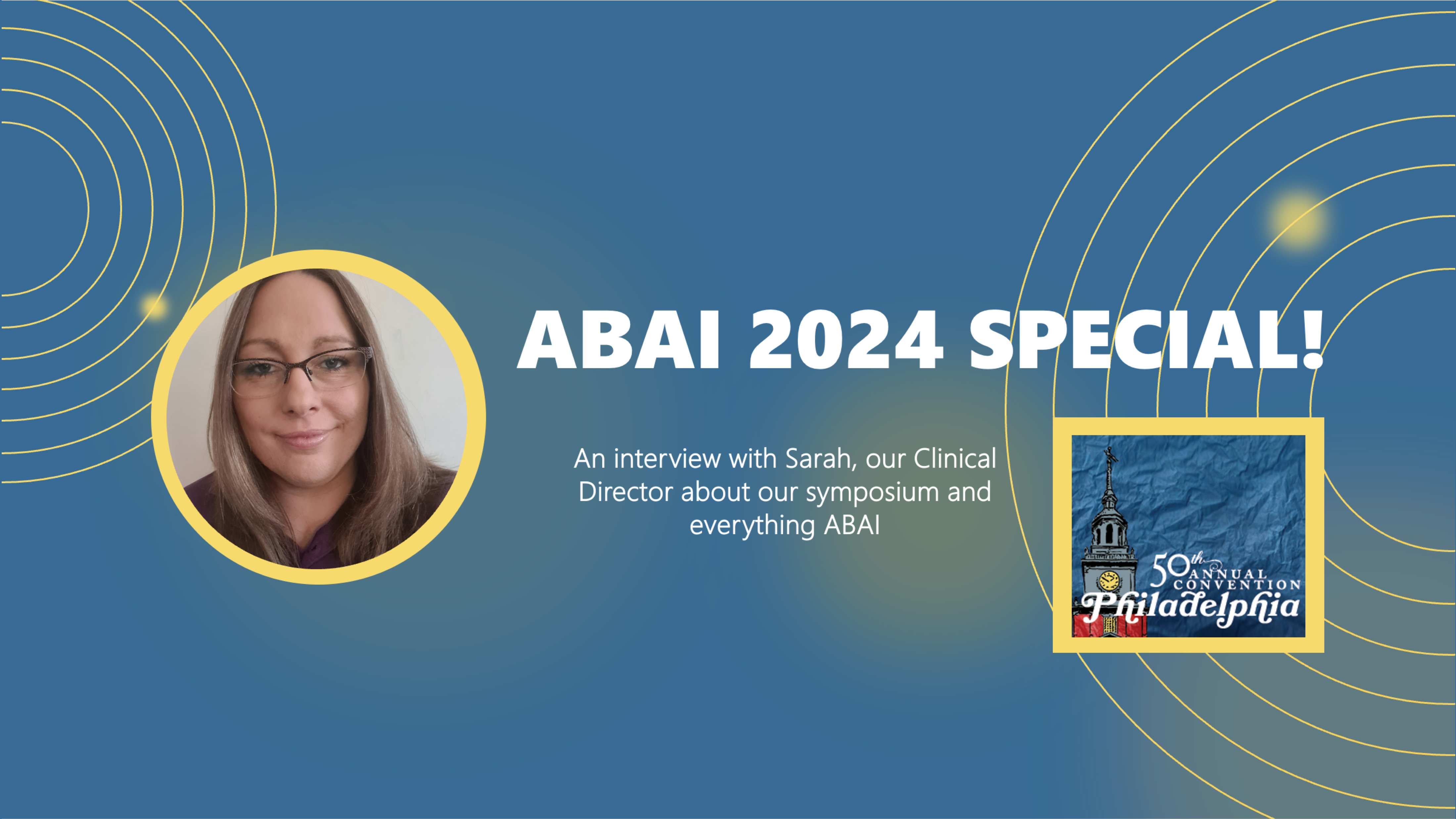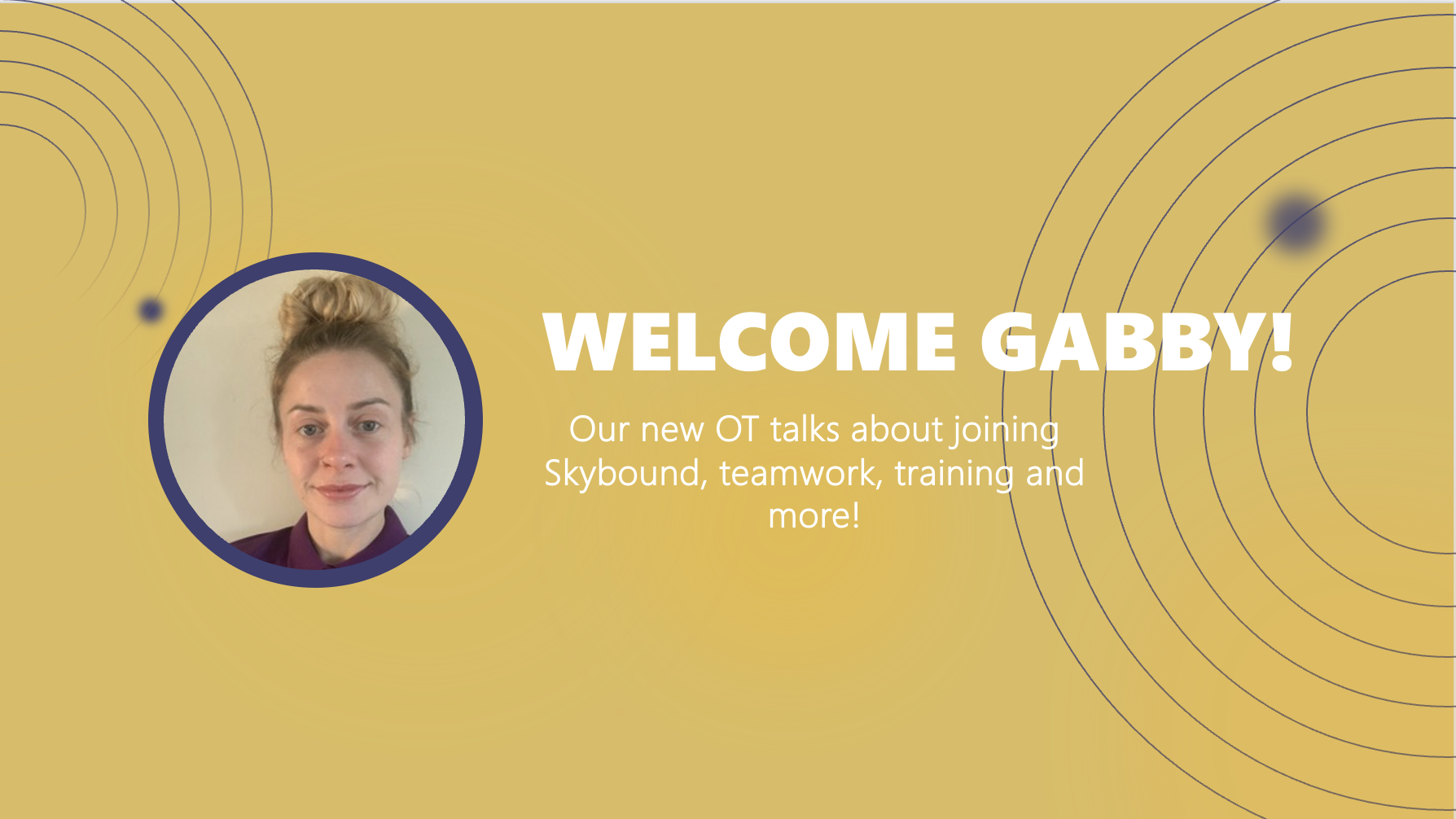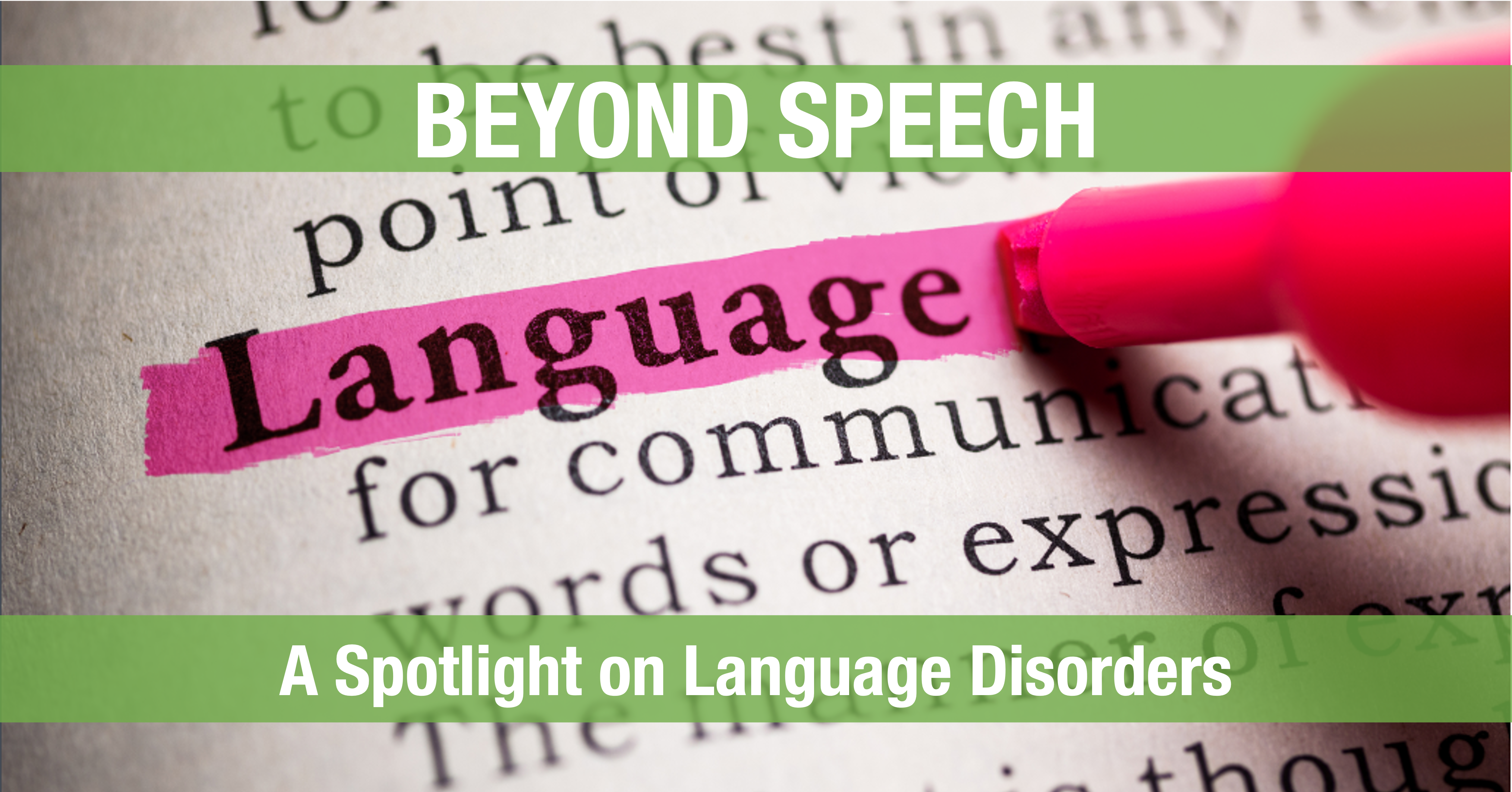As you navigate the world of Applied Behaviour Analysis (ABA), I’m sure you’ve now realised that there are quite a few acronyms to comprehend, and apologies in advance for what I’m about to write…
We might start with the ABC – Antecedent, Behaviour and Consequence, as the foundational 3 term contingency that is used as a description to break down complex behaviours – and use interventions such as FCT (Functional Communication Training) in NET (Natural Environment Teaching) to increase specific skills.
In the EIBI (Early Intensive Behavioural Intervention) world, you may be familiar with the VB-MAPP (Verbal Behaviour – Milestone Assessment and Placement Programme) or the ABLLS-R (Assessment of Basic Language and Learning Skills – Revised) as useful assessment and curricula tools to support our learners. Younger children may be using the ESDM (Early Start Denver Model), or you may have been introduced to PEAK (technically an acronym but we just say ‘peak’ rather than Promoting the Emergence of Advanced Knowledge…!)
There is another acronym that is becoming more and more prevalent, and indeed crucial to language development, within ABA intervention. This acronym is RFT – Relational Frame Theory.
Relational Frame Theory (RFT) is a theory of how human language and cognition develops through making connections between stimuli ie. items, pictures, spoken or written words. These skills start to develop for children as young as 18 months old, as we start to develop language. We learn to make the connections between the actual physical items and the words that we use to name them, and learn to do so without direct teaching. These are skills that are often missing from the repertoire of a student with autism and developmental delays.
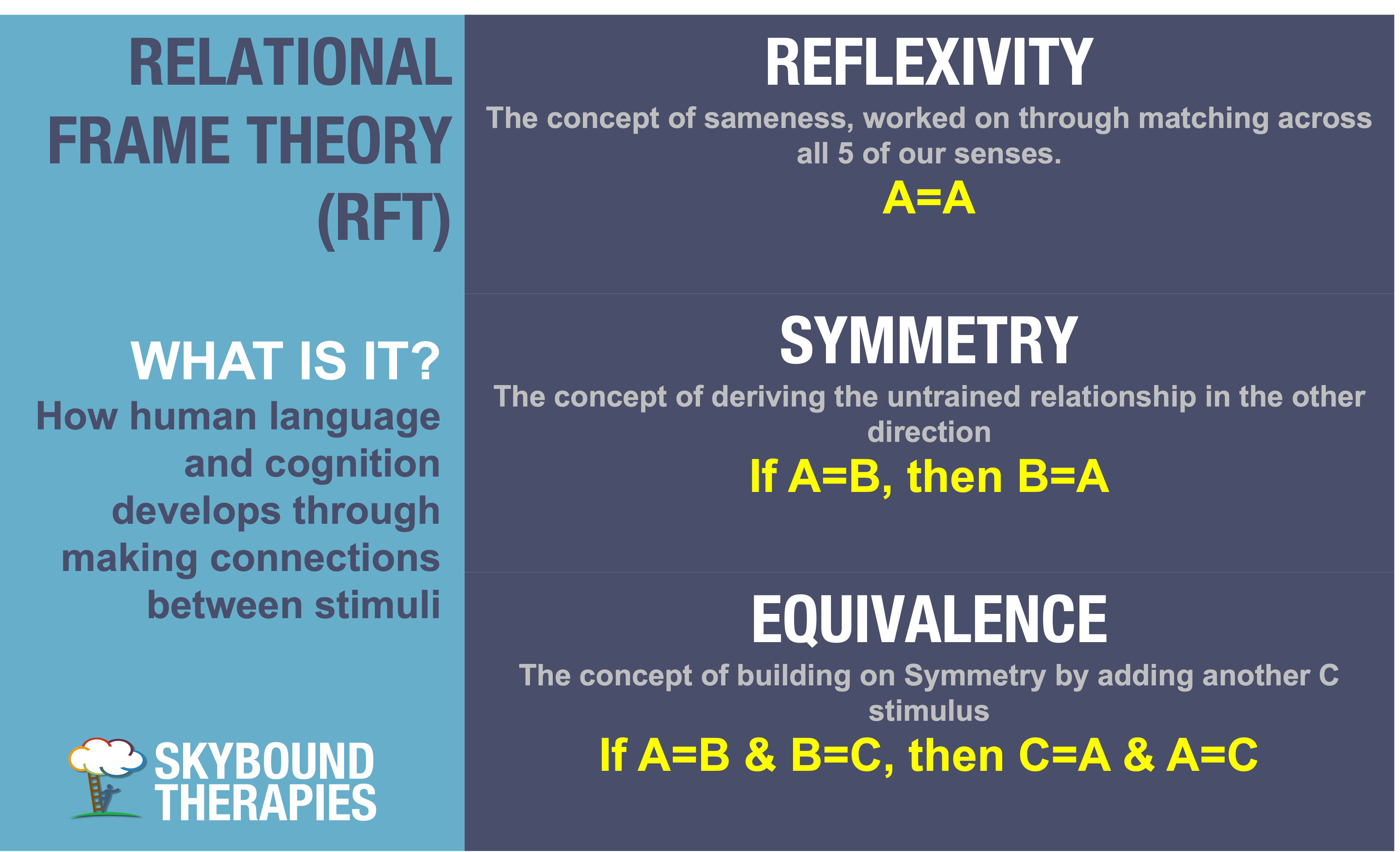
As behaviour analysts incorporate RFT into ABA programming, we find that there are specific ‘learning to learn’ skills that we can teach our students so that they can start building these connections for themselves:
- The concept of sameness, worked on through matching across all 5 of our senses.
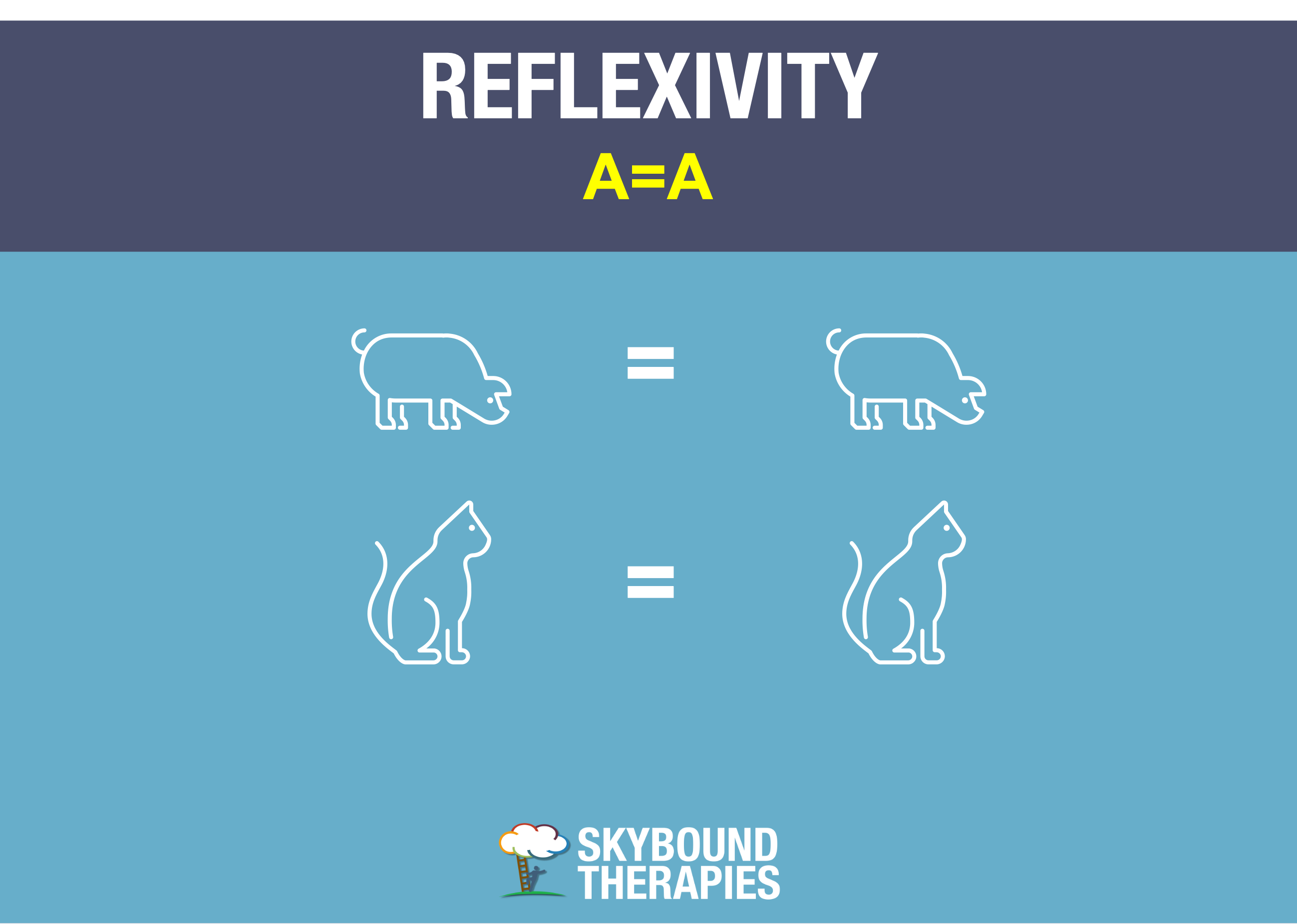
- The concept of if A = B, then B = A. For example, if I learn that the word pig and I selected this picture when I saw this word, then can then derive that a = pig and select the word when I see the picture.
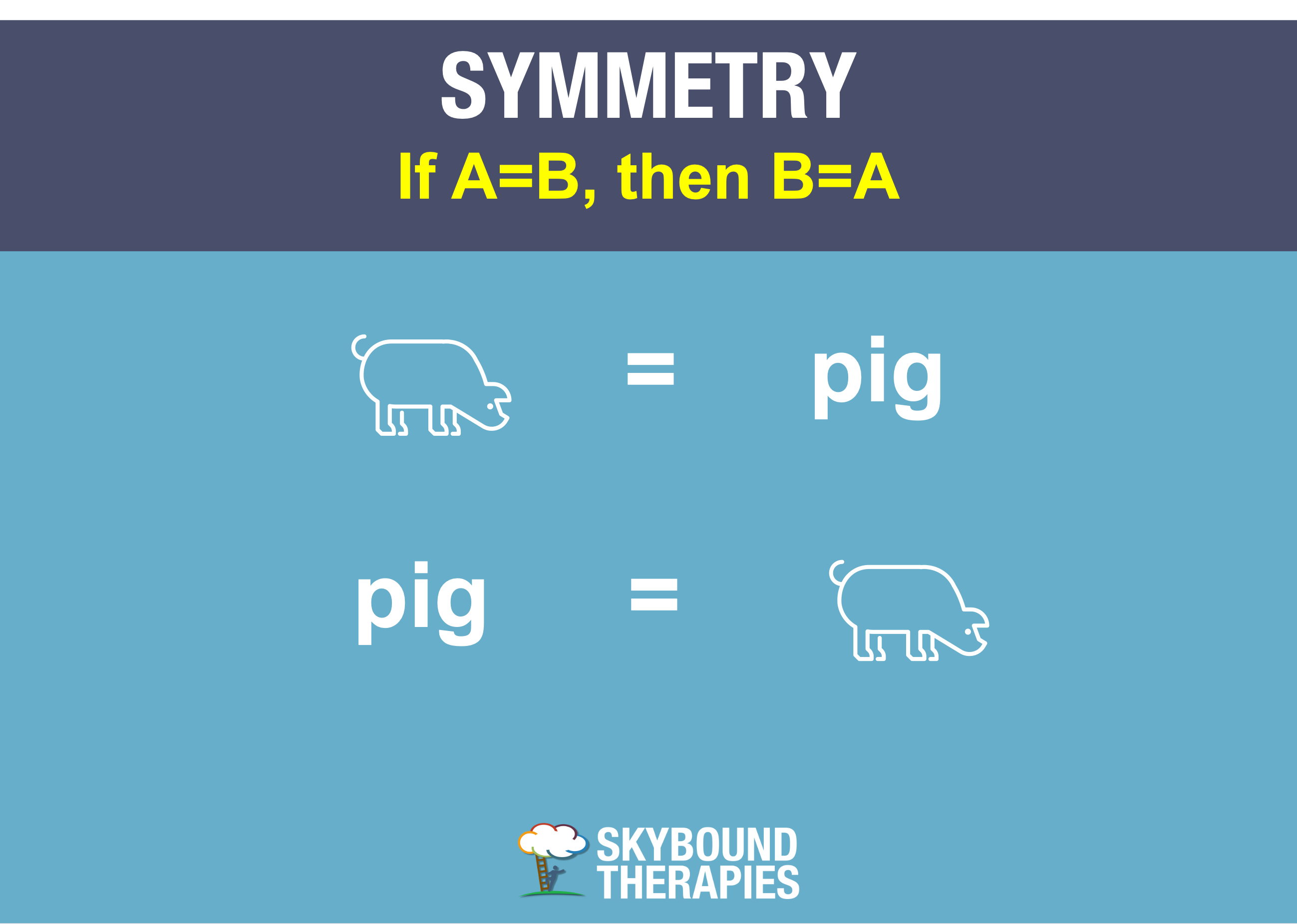
- This builds on Symmetry by adding another C stimulus, so in the example, if I learn that a ‘pig’ says ‘oink oink’, I can derive that when I see a pig picture, that is says ‘oink oink’.
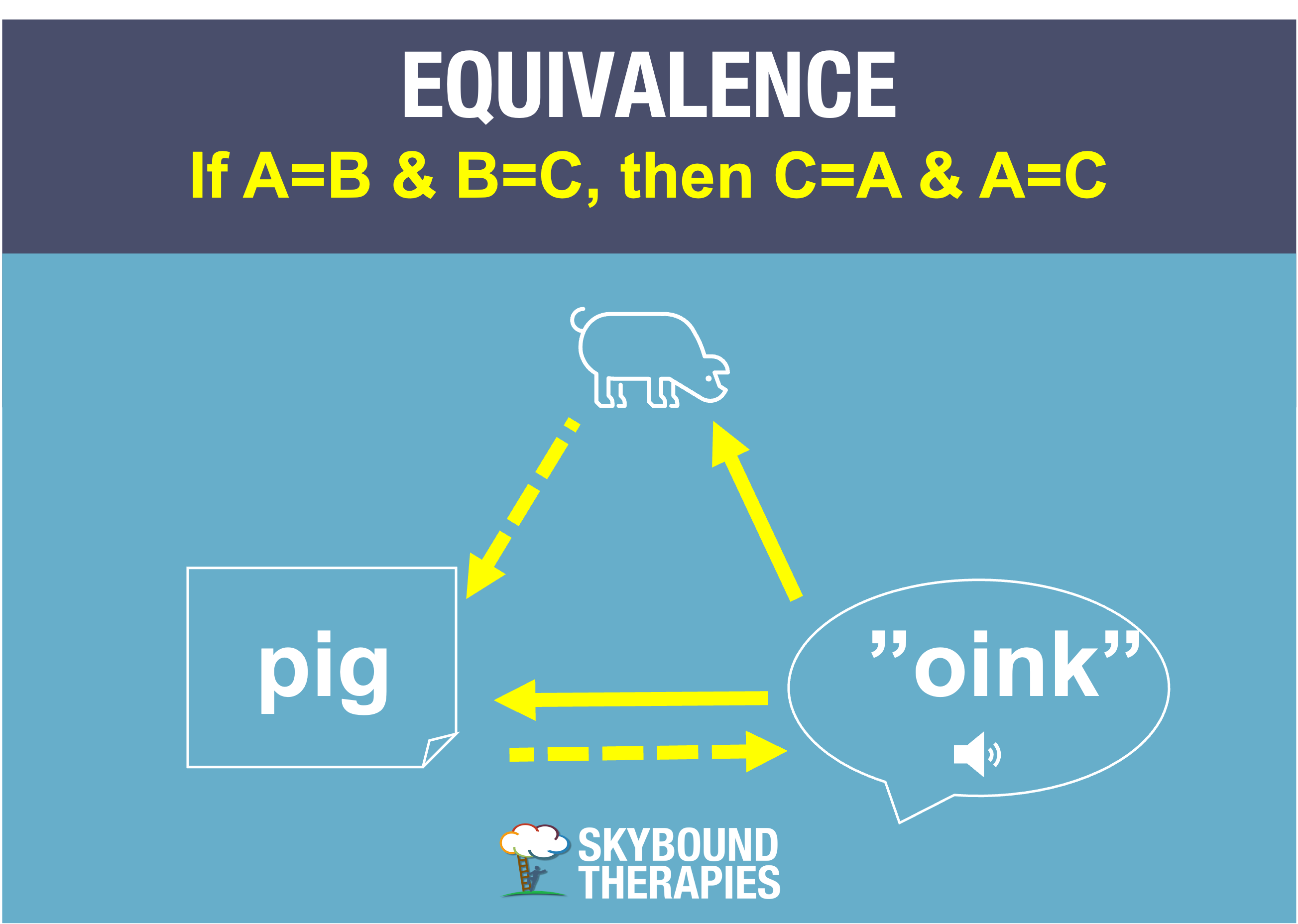
This is often depicted in a triangle form with solid line arrows showing the skills that are taught, and dotted line arrows for the skills that are derived, as shown below for different examples.
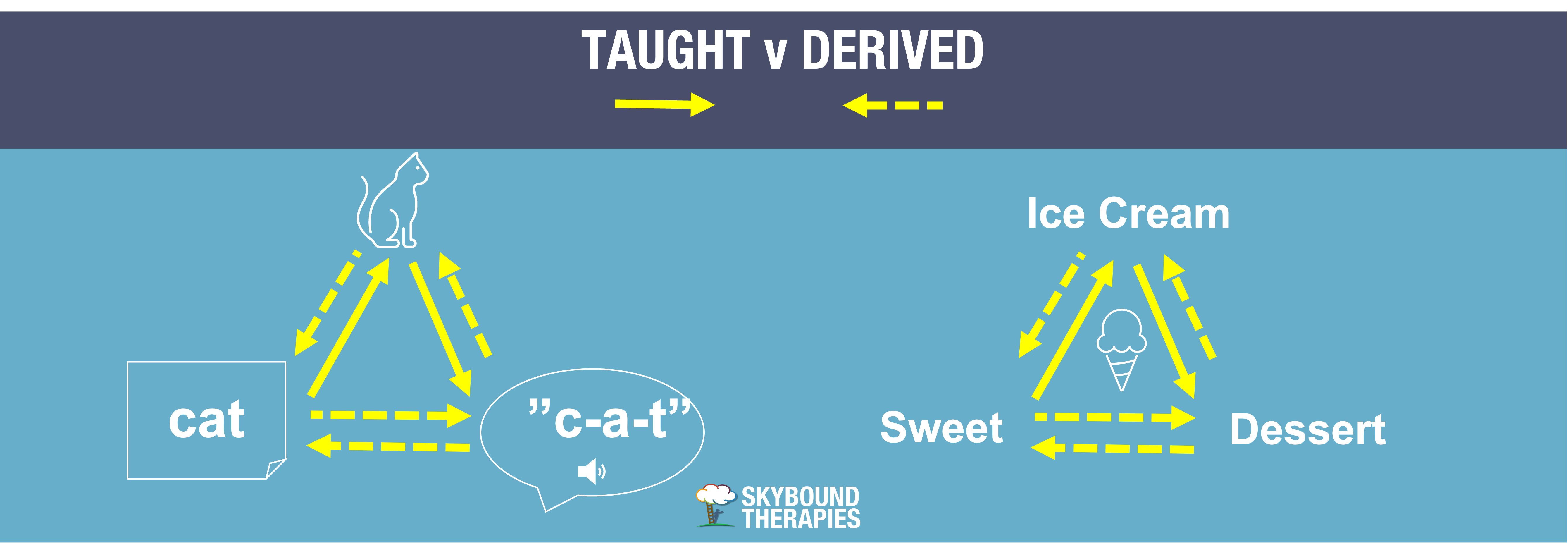
When students are able to make these connections, it means that if we teach 2 relations eg. that ice cream is a dessert, and that ice cream tastes sweet. That the student will acquire another 4 skills ‘for free’ ie. ‘a dessert I can have is ice cream’, ‘something sweet is ice cream’, ‘you can have sweet things for dessert’, and ‘desserts are sweet’.
As well as ‘sameness’ relations, humans make these connections with other relations such as comparison – e.g learning that certain coins are worth more than and less than each other, or how family members relate to each other.
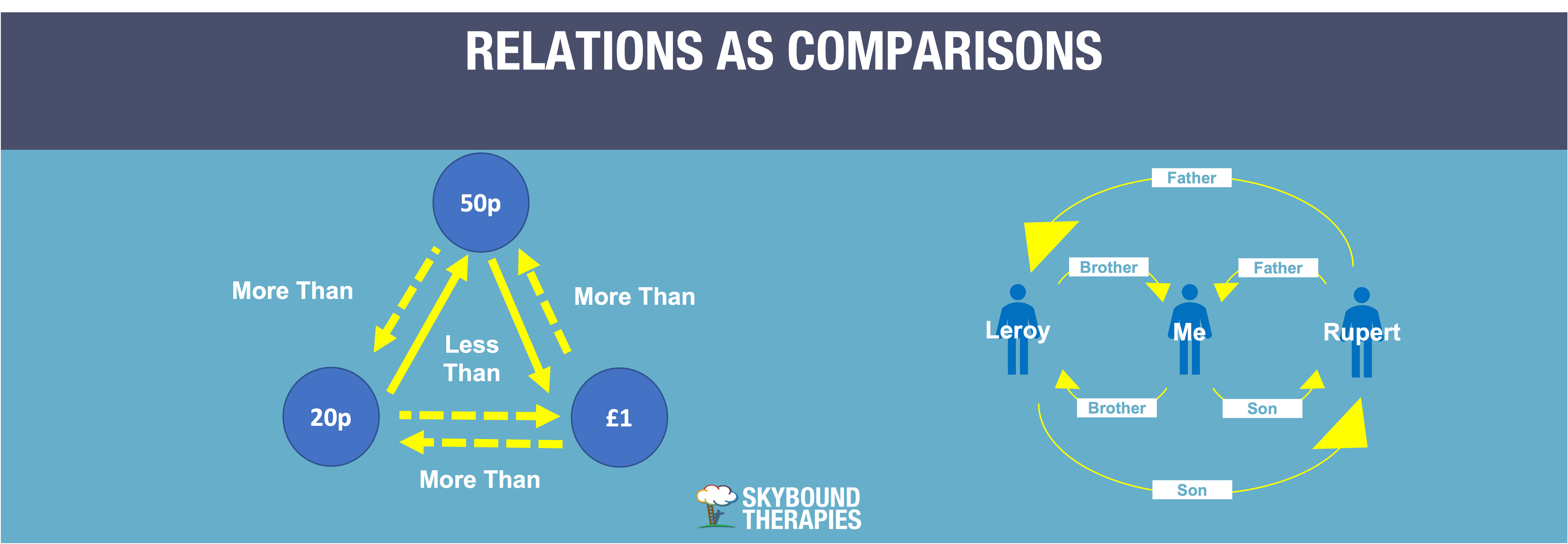
If your learner is finding it difficult to generalise language skills, has rote responses, or you’re finding that the majority of language skills need to be taught using the ABC contingency with very few connections emerging for ‘free’, then RFT is an acronym that should be explored further.
We have a number of staff who are experienced in putting RFT into practice. Find out more about our Consultancy Services here.
Additional Resources:
- PEAK – A Curriculum and Assessment Tool based on RFT
- Free Tutorial – From Foxylearning.com
- Collection of RFT resources – from the Association of Contextual Behavioural Science


